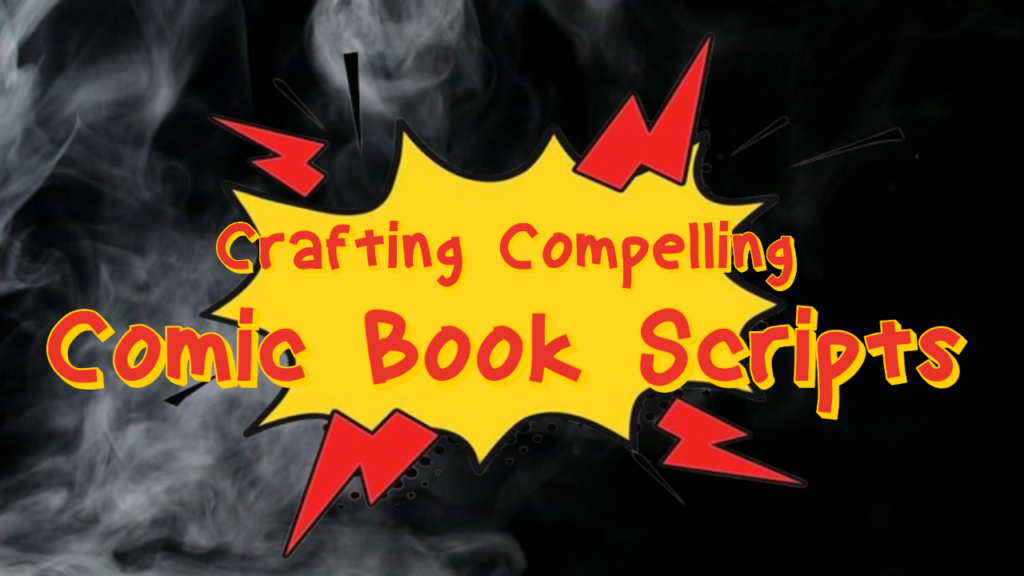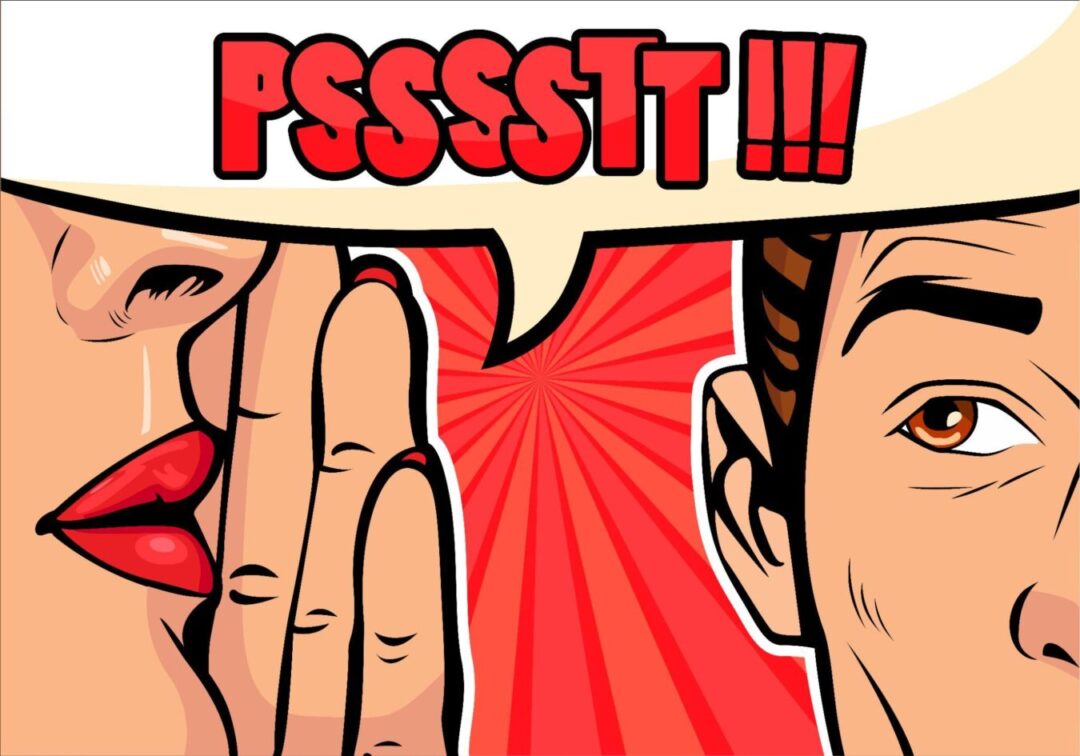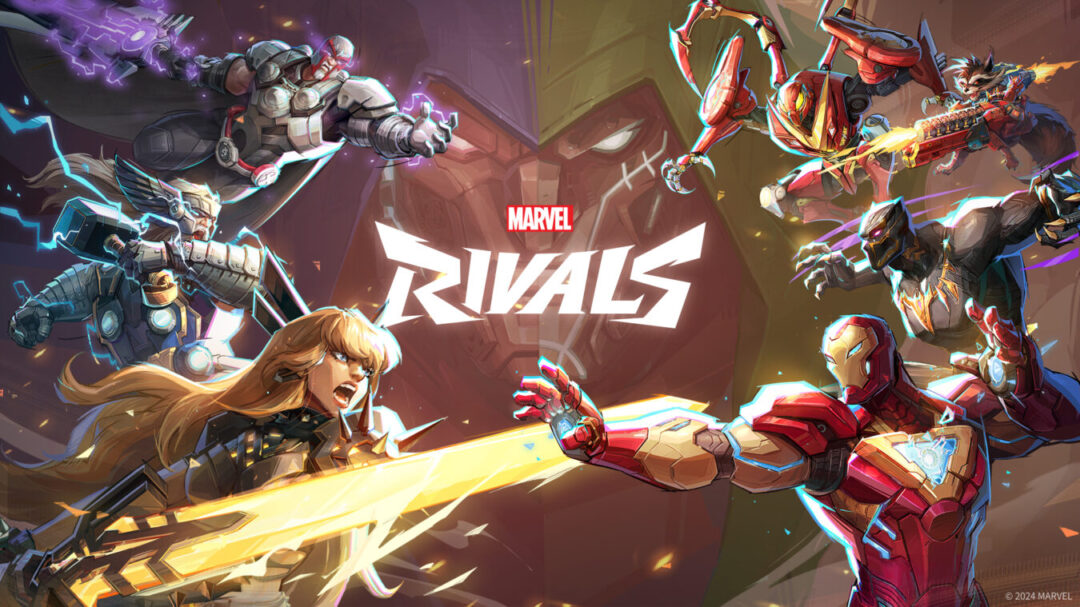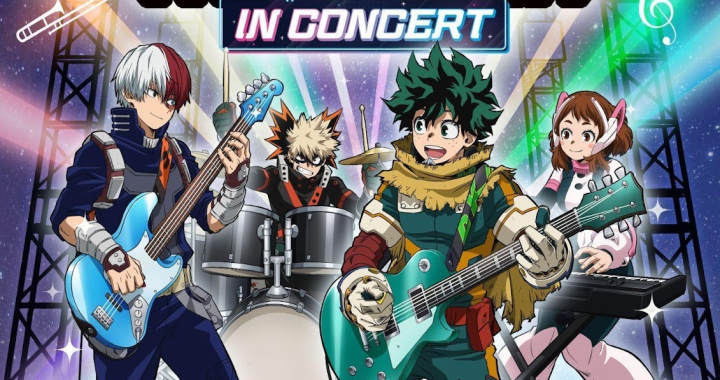
Crafting Compelling Comic Book Scripts
Reading comic books has become an old habit that is gradually fading away in this modern age of abundant information and a plethora of readable digital content. Nevertheless, comic writers continue to captivate the audience with fresh ideas and innovative approaches. Creating a script for a comic book is an important skill that aspiring comic book creators should have. A good script forms the basis for the whole creative process by helping artists and collaborators understand and bring your vision to reality.
1. Understand the Medium:
Before penning down your script, it’s essential to have a profound understanding of the comic book medium. Familiarize yourself with various comic book formats, panel layouts, and pacing. Consider how the visual elements will enhance the narrative and engage the reader. Comics are a visual storytelling medium, so use the unique combination of art and text to your advantage.
2. Develop a Clear Outline:
Start by outlining the major beats of your story. Identify key plot points, character arcs, and the overall flow of the narrative. A solid outline serves as a roadmap, preventing you from getting lost in the creative process and ensuring that your story remains cohesive and well-paced.
3. Define Your Characters:
Strong characters are the heart of any compelling story. Provide detailed character descriptions in your script, including their personalities, motivations, and distinctive visual traits. This not only helps artists in creating visually consistent characters but also guides them in conveying the characters’ emotions through their expressions and body language.
4. Panel Descriptions:
Clearly describe each panel, providing artists with the necessary details to visualize your vision. Include information about the setting, character positions, and any essential visual elements. Be concise but vivid in your descriptions, allowing artists room for interpretation while maintaining the overall tone and atmosphere of the scene.
5. Balancing Dialogue and Visuals:
Achieve a harmonious balance between dialogue and visuals. Consider the pacing of the story and ensure that neither the text nor the art overwhelms the other. Use dialogue to convey essential information and character interactions, allowing the visuals to carry the emotional weight and atmosphere of the scene.
6. Page Turners and Cliffhangers:
Strategically place hooks, page-turning moments, and cliffhangers to keep readers engaged. Consider the rhythm of your story and use these devices to create anticipation and excitement. A well-timed reveal or twist can elevate your comic book and leave a lasting impact on your audience.
7. Collaborate Effectively:
Remember that creating a comic book is a collaborative process. Communicate openly with your artists and other collaborators. Encourage feedback and be open to revisions. Flexibility in your approach will lead to a more dynamic and cohesive final product. You can even work with writers, like Speedy Paper help with writing a research paper on best practices for script writing.
If you’re the writer intending to hand over the script to an artist, it is crucial to be extremely thorough in providing all the necessary details. Avoid assuming that the artist will naturally understand your vision. It’s essential to ensure that the script explicitly includes everything that holds significance for you, enabling the artist to incorporate those elements accurately. While the provided script example might suffice if you are also the artist, in other cases, you will likely need to explicitly describe aspects such as the appearance of the hallway, furnishings, lighting, and facial expressions, among other things.
Writing a script for a comic book is quite challenging because it requires not only the ability to tell stories effectively but also a good understanding of how visuals work in this medium. If you are an aspiring comic book creator, there are several helpful tips you can follow to ensure a solid foundation for your projects. First, remember that comic book creation is a collaborative process, so embrace the input and ideas of others involved. Second, always strive to improve your skills and techniques, continuously learning and growing as a creator. Lastly, and perhaps most importantly, stay true to your own unique voice and vision for storytelling.
Happy Scripting!
Author Profile
Latest entries
 ColumnsJune 19, 2025Unleashing Your Comic Universe: How Writers Can Amplify Their Reach on Social Media
ColumnsJune 19, 2025Unleashing Your Comic Universe: How Writers Can Amplify Their Reach on Social Media ColumnsMay 1, 2025Winning Strategies: Maximizing Your Success with Real Money Pokies
ColumnsMay 1, 2025Winning Strategies: Maximizing Your Success with Real Money Pokies GamingApril 11, 2025Is Marvel Rivals the Hero Shooter We’ve Been Waiting For?
GamingApril 11, 2025Is Marvel Rivals the Hero Shooter We’ve Been Waiting For? ColumnsApril 5, 2025Heroes and Villains Launches Retro Star Wars Collection – Available Now
ColumnsApril 5, 2025Heroes and Villains Launches Retro Star Wars Collection – Available Now










